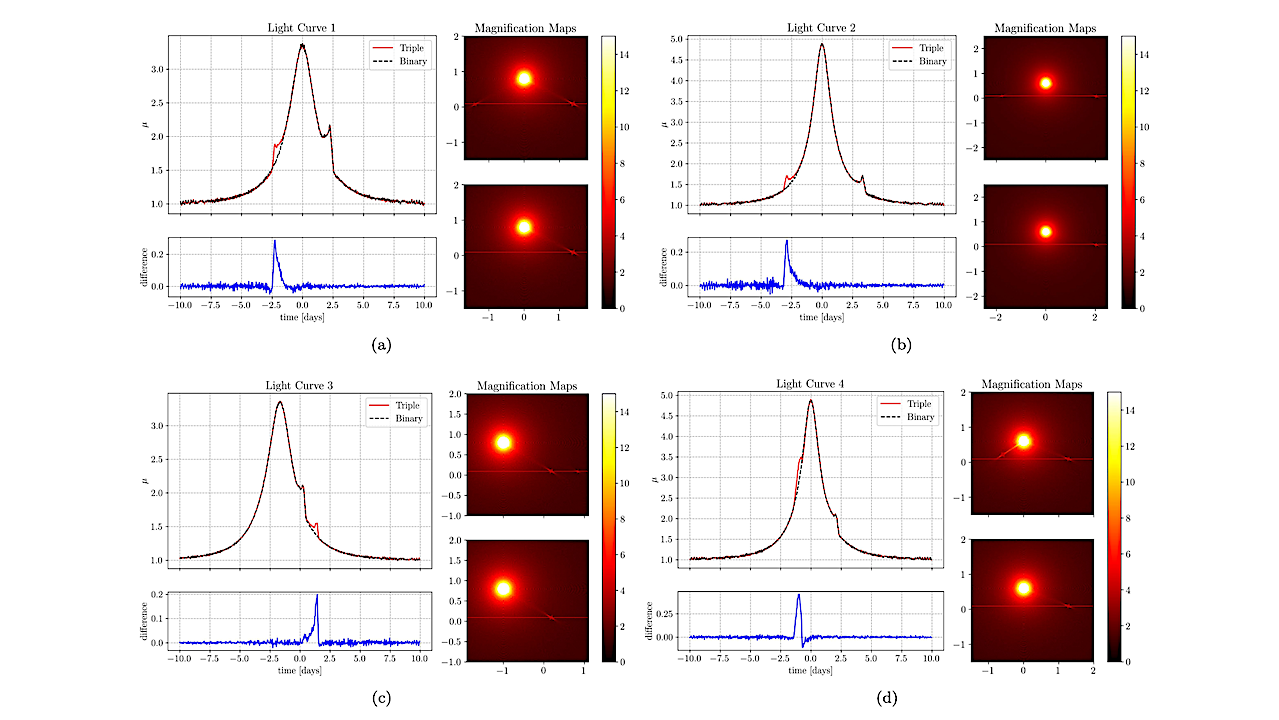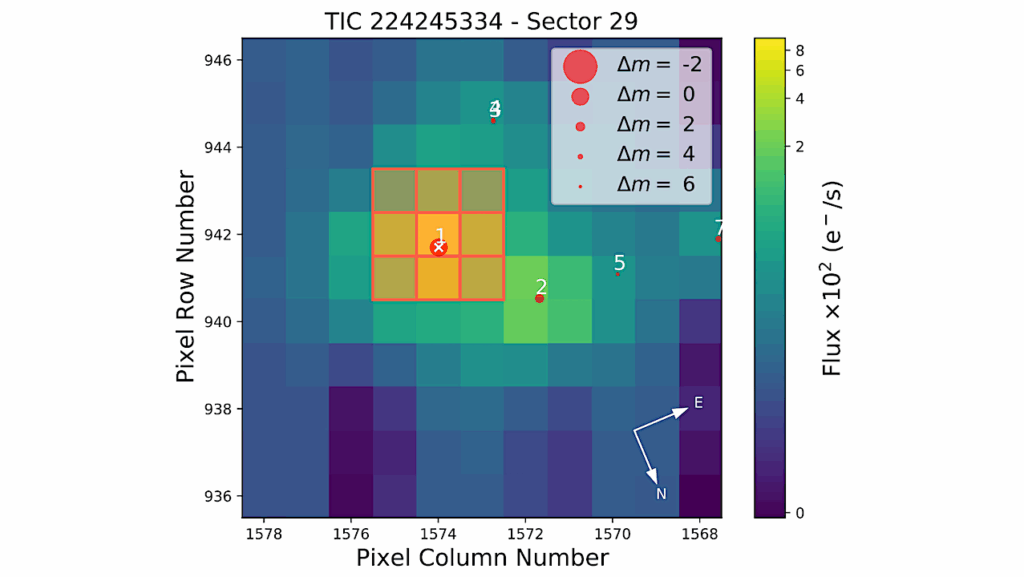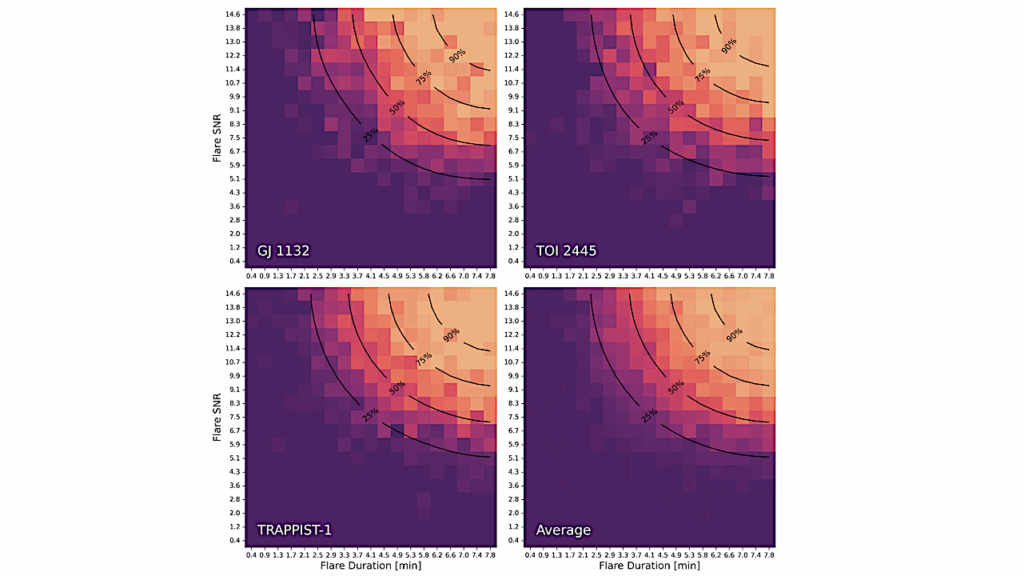Detecting Multi-Planetary Systems with Gravitational Microlensing and the Roman Space Telescope

It is plausible that most of the Stars in the Milky Way (MW) Galaxy, like the Sun, consist of planetary systems, instead of a single planet. Out of the estimately discovered 3,950 planet-hosting stars, about 860 of them are known to be multiplanetary systems (as of March, 2023).
Gravitational microlensing, which is the magnification in the light of a source star, due to a single or several lenses, has proven to be one of the most useful Astrophysical phenomena with many applications. Until now, many extrasolar planets (exoplanets) have been discovered through binary microlensing, where the lens system consists of a star with one planet. In this paper, we discuss and explore the detection of multi-planetary systems that host two exoplanets via microlensing.
This is done through the analysis and modeling of possible triple lens configurations (one star and two planets) of a microlensing event. Furthermore, we examine different magnifications and caustic areas of the second planet, by comparing the magnification maps of triple and binary models in different settings. We also discuss the possibility of detecting the corresponding light curves of such planetary systems with the future implementation of the Nancy Grace Roman (Roman) Space Telescope and its Galactic Time Domain survey.
Hossein Fatheddin, Sedighe Sajadian
Comments: 10 pages, 5 figures, submitted and currently under revision
Subjects: Earth and Planetary Astrophysics (astro-ph.EP); Astrophysics of Galaxies (astro-ph.GA); Instrumentation and Methods for Astrophysics (astro-ph.IM)
Cite as: arXiv:2305.19099 [astro-ph.EP] (or arXiv:2305.19099v1 [astro-ph.EP] for this version)
Submission history
From: Sedighe Sajadian
[v1] Tue, 30 May 2023 15:03:50 UTC (4,257 KB)
https://arxiv.org/abs/2305.19099
Astrobiology








